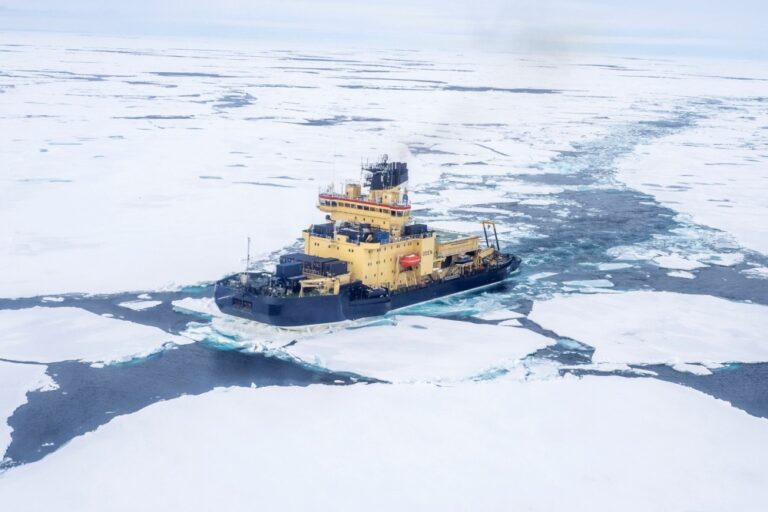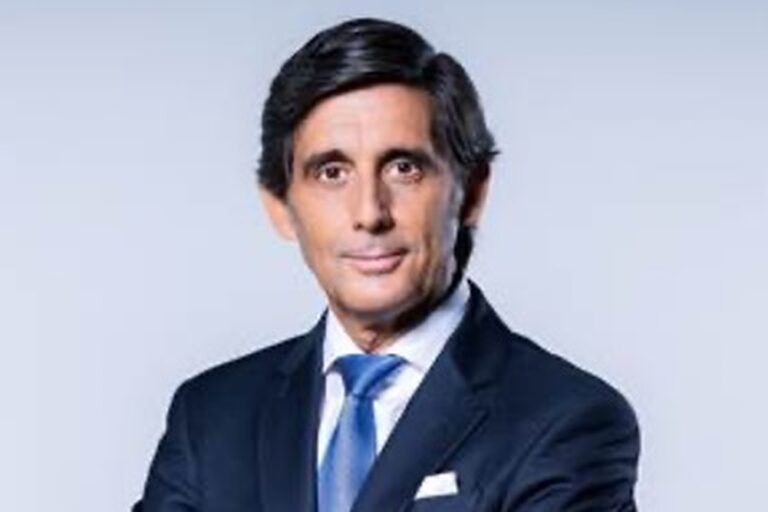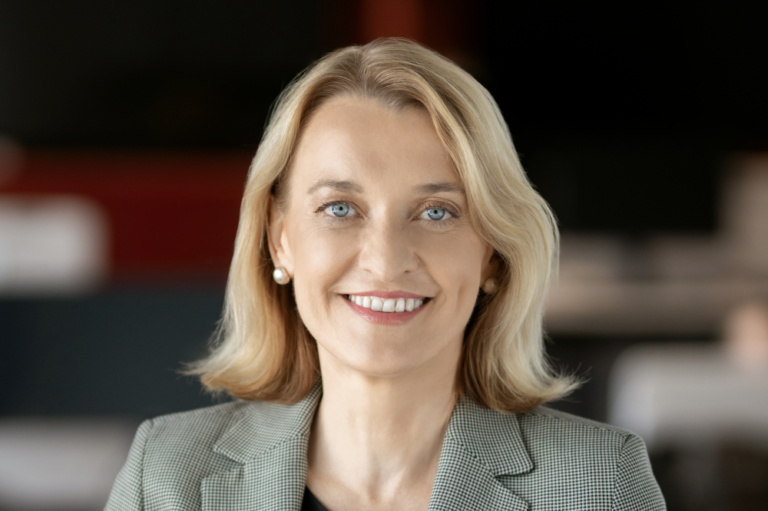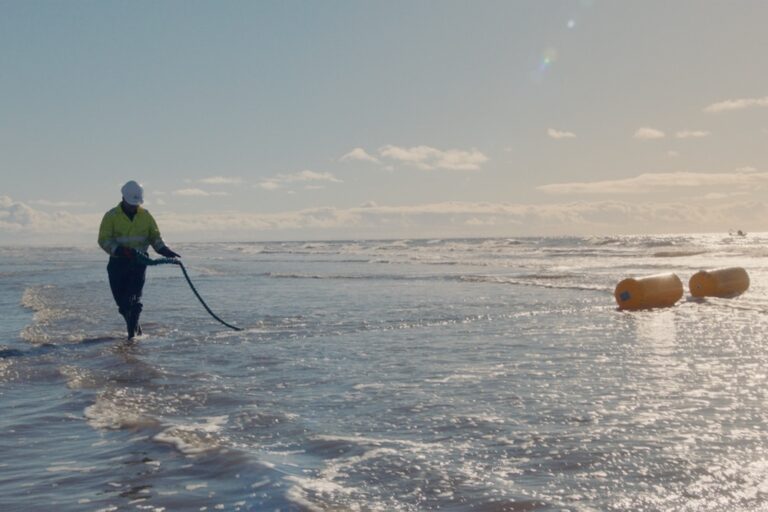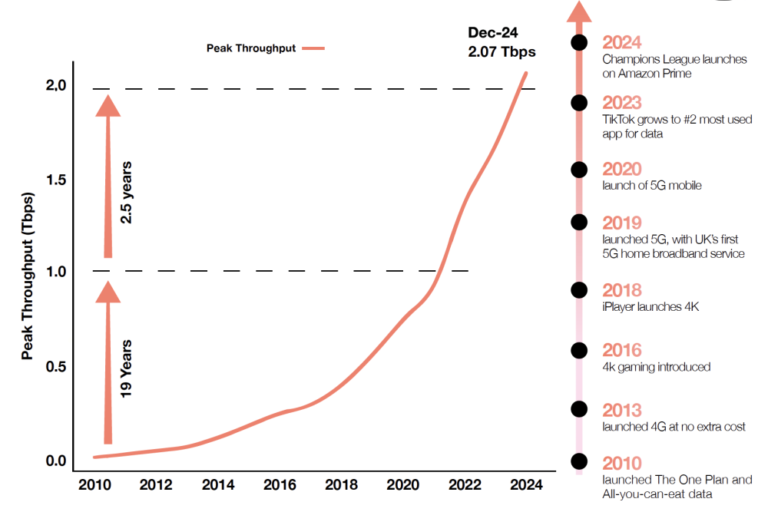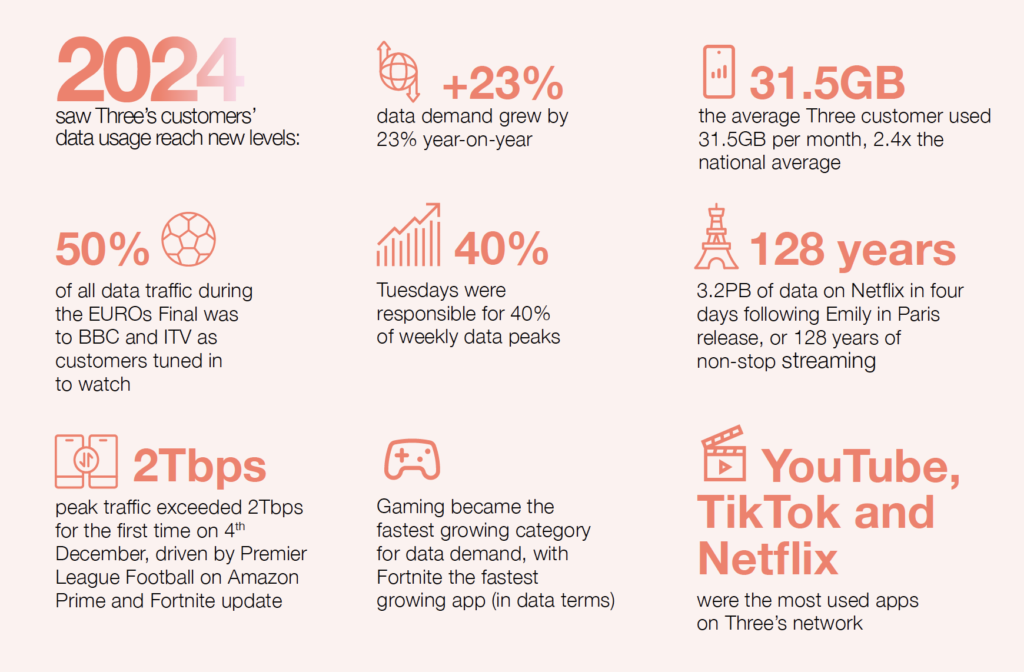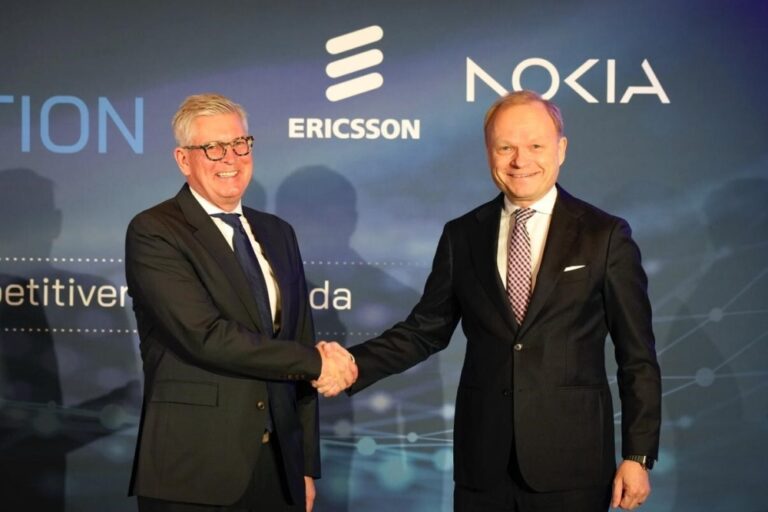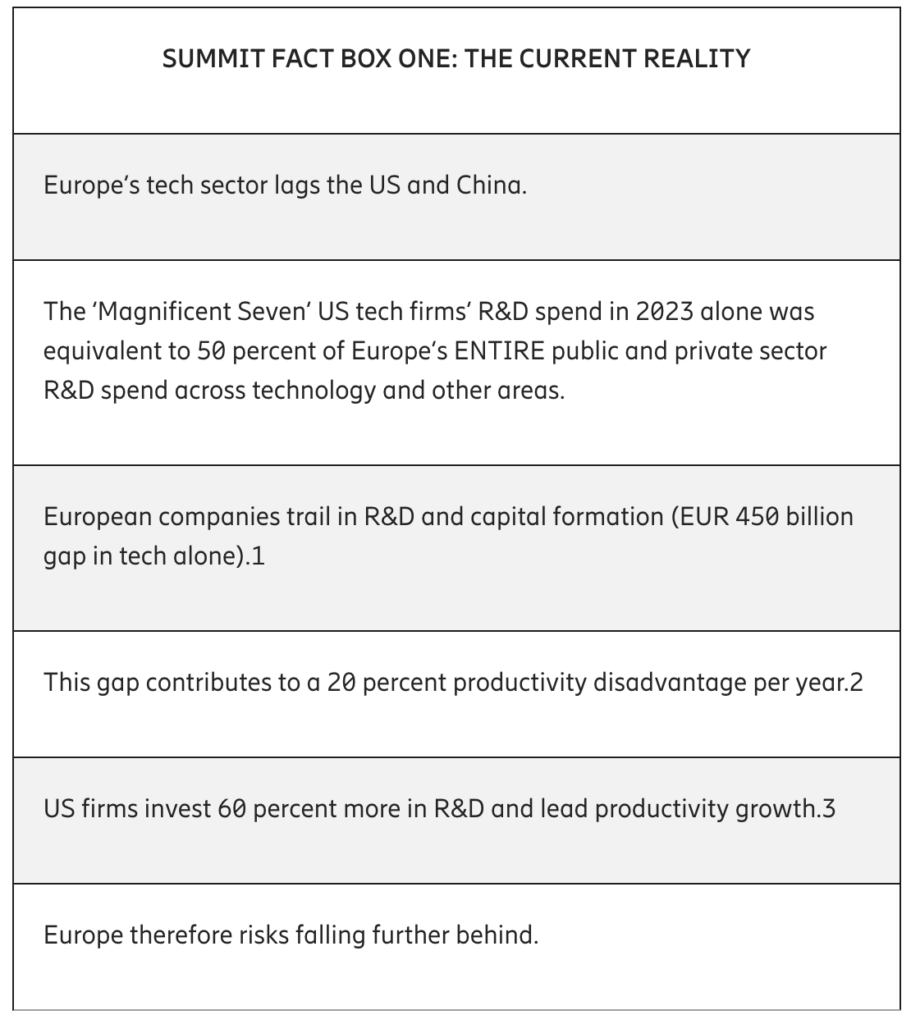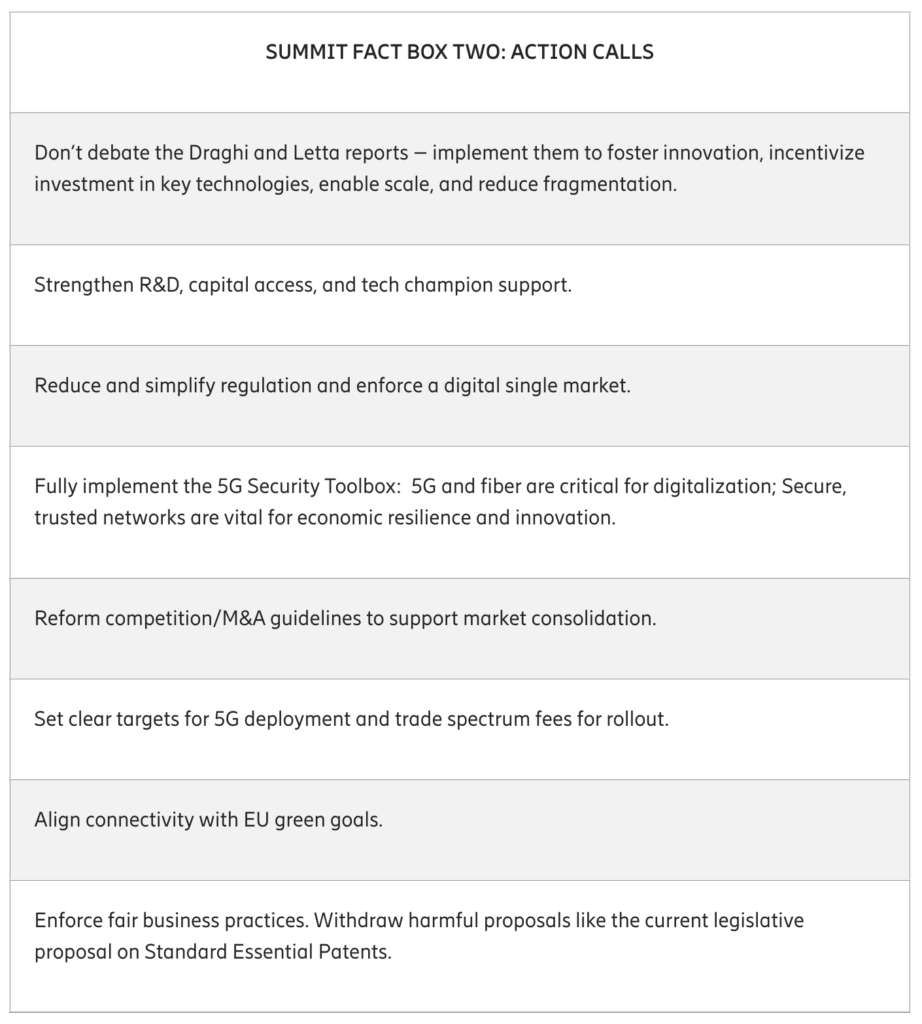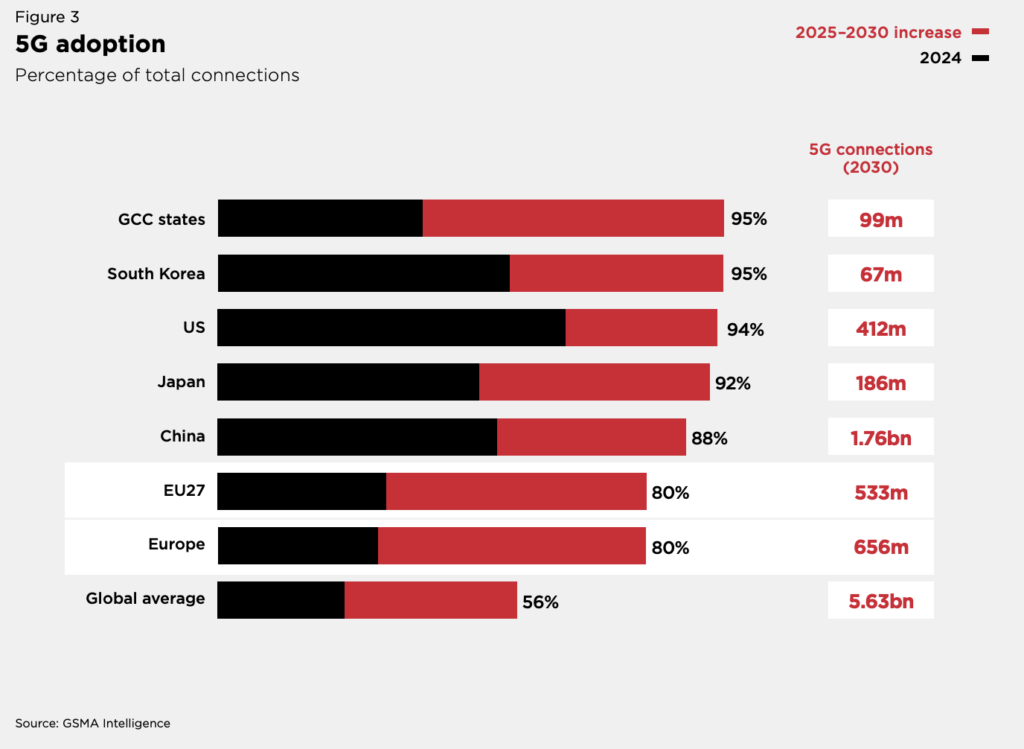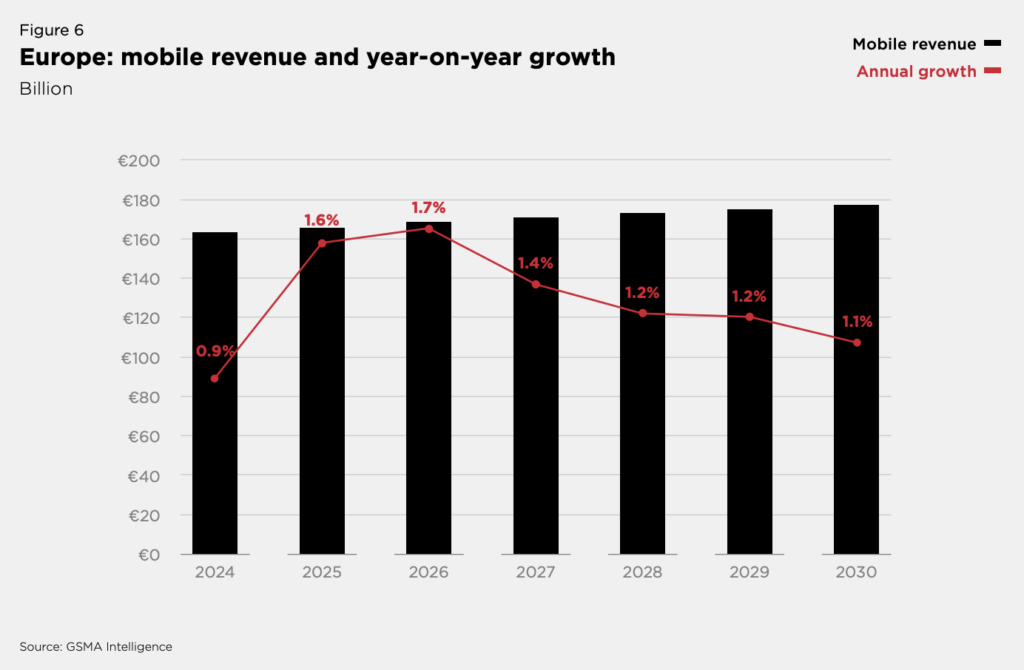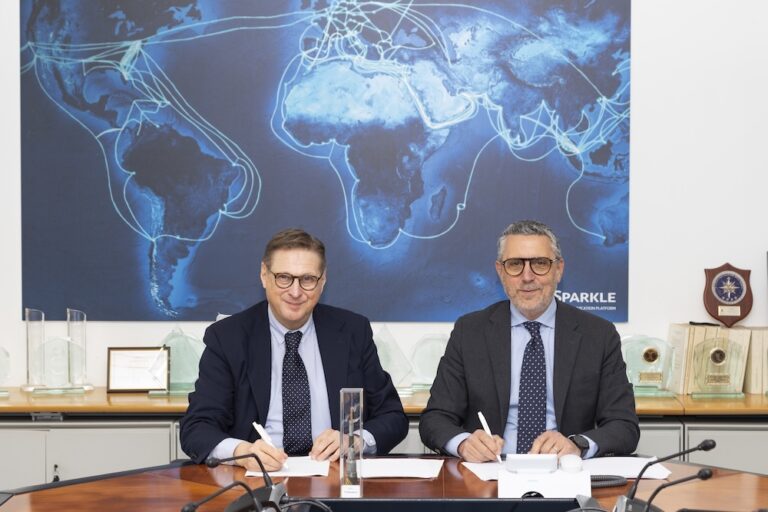Operator is the first to offer Wi-Fi 7 in the country and can reach 2.5 million households with new service
Orange said it is the first operator in Poland to provide a device with Wi-Fi 7. The operator has rolled out an improved Funbox 10 supporting Wi-Fi 7 for customers taking ultra-fast home internet – with a speed of up to 8Gbps – which is available in 39 cities, reaching around 2.5 million homes and businesses.
The Funbox 10 is equipped with a port with a speed of up to 10Gbps, as well as 4 ports with a speed of up to 1Gbps. The operator said Wi-Fi 7 is also a response to the growing requirements for the performance or capacity of the home wi-fi network, in which the number of connected devices, including smart home solutions, is growing dynamically.
Funbox 10, supporting Wi-Fi 7, can be obtained when purchasing an Orange Światłowód offer – for home or business – and choosing a speed of up to 8Gbps. This applies to both a standalone service and package offers. The monthly fee for the equipment is PLN 4.99 including VAT. As part of the winter promotion for individual customers, which has just started, choosing Orange Światłowód up to 8 Gbps with television – in addition to the Funbox 10 – users get six months of subscription for PLN 0, Netflix up to six months for PLN 0 and the Eleven film package for 2 years as a gift.
Going after market share
The operator, which is due to unveil a three year strategy soon, has seen its shares drop to their lowest in 12 months this January. The market seems to be spooked by a combination of improving bond yields issued by the Polish government, doubts over future dividend levels and a cautious approach to Orange’s incoming strategy.
One response to boost earnings is to chase further market share. In addition to buying three cable operators to gain access to a further 105,000 households for fibre recently, Orange has pulled together new offers for customers looking to port onto its network with their numbers. In addition to a 5G mobile subscription and a 5G smartphone together from PLN 60 per month with discounts, for home, the operator is recommending ultra-fast fibre with a half-year subscription for free, Netflix for six months as a gift and the Eleven Package for free for two years.
This offer provides film, series and sports entertainment for users of all ages. Orange said the promotion also applies to packages with fibre with a speed of up to 600Mbps and higher (up to 1Gbps, up to 2Gbps).
When signing a new subscription contract in Plan XS for 24 months, users receive access to 5G internet (5GB package in the country and roaming in the EU) and unlimited calls, SMS and MMS from PLN 45/month. Orange recently made 5G available to individual customers using mobile subscriptions and prepaid offers, who previously did not have such an option in their tariff plans.
New business offer
As part of Orange’s new business offer, firms can save up to PLN 1,665 + VAT – with the XL Business Plan. They receive discounts: PLN 720 + VAT on the subscription (for new and transferring the number), up to PLN 540 + VAT discount for a smartphone (value for Samsung Galaxy S24 FE 5G) and a PLN 405 discount on the Premium Smartphone Protection service.
A new and cheaper solution is the S Business Plan with Xiaomi Redmi 13C 5G – at the promotional price of PLN 61 + VAT/month. The contract and instalments are for 36 months. A new edition of Price smart deals for companies is also starting, according to Orange.



